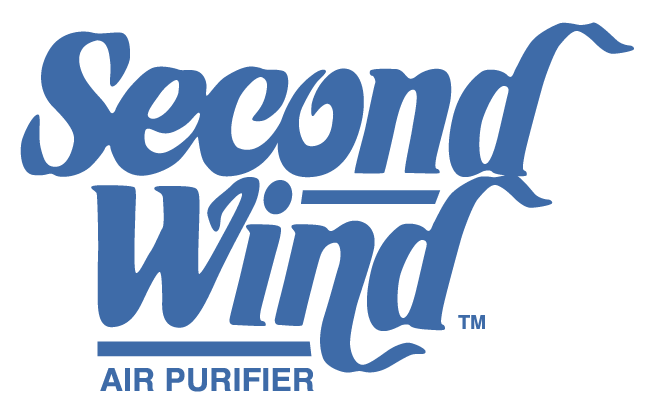Did you know that the air you're breathing in your home can be two to five times more polluted than the air outdoors? And that after remodeling, renovating, or using cleaning products in your home, the air indoors can be up to 1,000 times more polluted than the outdoor air?
It's mind-boggling but true. The reason is this: common products used to build, furnish, and maintain our homes--from flooring, furniture, and paint to drywall, cabinets, and cleaners--can release potentially hazardous chemicals, known as volatile organic chemicals (VOCs), into the air we breathe indoors. You know that "new product smell," or even that "new house smell?" Both are caused by VOCs. And while not all VOCs are toxic, many of them can have short- and long-term health consequences. These include:
- Asthma
- Cough
- Wheezing
- Headache
- Dizziness
- Impaired concentration
- Nausea
- Eye/nose/throat irritation
What's more, research has shown that prolonged exposure to high concentrations of VOCs is linked to cancer and reproductive disorders.
Children and Chemical Exposure
Children are particularly susceptible to the health effects of VOC exposure, as their respiratory, cardiovascular, nervous, and immune systems are still developing. In fact, research indicates that children who are exposed to VOCs in the home for extended periods of time are up to four times more likely to develop asthma, the world's fastest-growing, chronic, incurable childhood disease. Children breathe in a greater volume of air than adults do, resulting in higher chemical exposure. And, a child's speedy metabolism means that chemicals can travel quickly into his or her bloodstream, causing discomfort right away.
Energy Efficiency and Indoor Air Quality
Complicating matters is the growing trend toward tighter, more energy-efficient buildings. While energy efficiency is great for both the planet and our bank accounts (read: lower energy bills), if we're not careful about the products we bring into our tightly sealed homes, we can inadvertently trap harmful airborne pollutants inside. Without adequate outdoor air ventilation, VOCs can build up, creating a toxic "bubble" effect within the very walls of the place we consider our safe haven.
What You Can Do
While there are federal regulations in place to promote and maintain good outdoor air quality, none exists to ensure that the air inside our own homes is healthy. That means it's up to you and your family to take action and create a healthier indoor environment. Here are five simple ways to get started:
- Make Sure It's Certified. The only surefire way to find products that will have minimal impact on your indoor air is to look for those that have been independently tested and certified for low chemical emissions by an unbiased third party, such as the GREENGUARD Environmental Institute, which screens products for more than 10,000 chemicals. GREENGUARD Certification requires that products meet some of the world's most stringent chemical emissions limits. Peruse the GREENGUARD Product Guide online at greenguard.org to find certified products that can help you create a healthier home.
- Let It Air Out. If it's not possible to purchase a third-party-certified, low-emitting product, be sure to unpackage any new product in a well-ventilated and, preferably, unoccupied room (not the garage, though!) and allow it to air out there for at least one week. If weather and climate permit, you should also open your windows and turn on a fan or two to allow fresh, outdoor air to blow indoors and "flush away" the contaminants.
- Clean Up Your Cleaners. Avoid using household cleaners that are made with harsh chemicals and/or strong-smelling solvents. Opt for those that have been independently evaluated by a science-based, independent certifier, such as EcoLogo or the GREENGUARD Environmental Institute. If that isn't possible, go with white vinegar and baking soda: Vinegar is a great natural disinfectant, and both are safe and inexpensive!
- Off-Gas Outside. Just got your dry cleaning done? Be sure to remove the plastic bag and hang the clothing up in a well-ventilated, unoccupied room where it can sufficiently air out before you bring it into your living space. Dry cleaners often use tetrachloroethylene (perchloroethylene), a potential cancer-causing chemical, which can off-gas from freshly dry-cleaned materials.
- Go Odorless. Avoid using home air fresheners, scented aerosol sprays, and fragranced candles in the home. These scents, no matter how pleasant to the nose they may be, are potentially toxic VOCs in disguise. If what you're after is a "clean" smelling home, remember "clean" should never have an odor at all.
For more tips on how to improve your home's indoor air quality, visit greenguard.org. You can also click here to take a free virtual home tour that teaches you about common indoor air-pollution sources and solutions.








